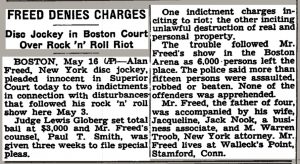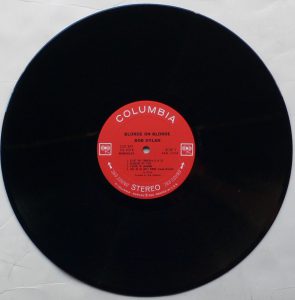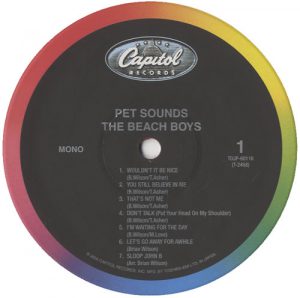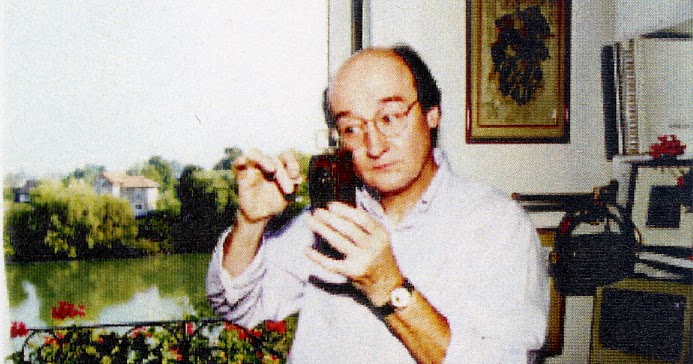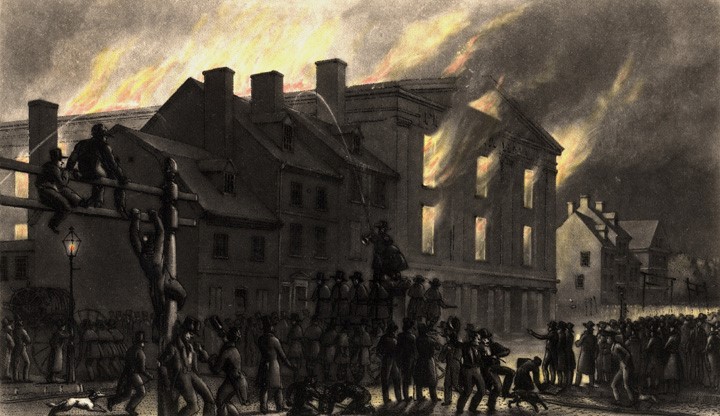May 16 Peace Love Art Activism
Feminism
Angelina Grimké
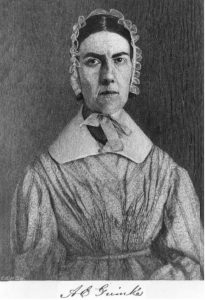
May 16, 1838: abolitionist and feminist Angelina Grimké spoke in the recently completed Pennsylvania Hall. As mobs rioted outside, she urged the abolitionists to stand fast in their work for the slave. The next day, mobs burned down the building. (women’s history dot org article) (see May 1840)
May 16 Peace Love Art Activism
Cultural Milestone
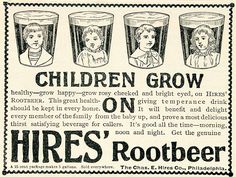
May 16, 1866: Charles Elmer Hires invented root beer. (Philadelphia Encyclopedia dot org article) (see February 18, 1885)
May 16 Peace Love Art Activism
Anarchism
Sedition Act

May 16, 1918: Congress passed the Sedition Act, an amendment to the Espionage Act. The act prohibited anti-government speech, activities or publications, including anti-conscription or strike activities. Under this act, the government effectively censored any criticism of itself or its war effort. (Politico article) (see August 30, 1918)
May 16 Peace Love Art Activism
FREE SPEECH
Whitney v California
May 16, 1927: Anita Whitney was convicted under the California’s 1919 Criminal Syndicalism Act for allegedly helping to establish the Communist Labor Party of America, a group the state charged was devoted to teaching the violent overthrow of government. Whitney claimed that it had not been her intention, nor that of other organizers, that the party become an instrument of violence. (see Oct 15)
The US Supreme Court held that Whitney’s conviction under California’s criminal syndicalism statute for membership in the Communist Labor Party did not violate her free speech rights as protected under the Fourteenth Amendment, because states may constitutionally prohibit speech tending to incite crime, disturb the public peace, or threaten the overthrow of government by unlawful means. (Oyez article) (see November 25, 1930)
Terminiello v. Chicago
Arthur Terminiello was giving a speech to the Christian Veterans of America in which he criticized various racial groups and made a number of inflammatory comments. There were approximately 800 people present in the auditorium where he was giving the speech and a crowd of approximately 1,000 people outside, protesting the speech.
The Chicago Police Department was present, but was unable to maintain order completely. Terminiello was later assessed a fine of 100 dollars for violation of Chicago’s breach of peace ordinance, which he appealed. Both the Illinois Appellate Court and Illinois Supreme Court affirmed the conviction.
On May 16, 1949, in a 5 – 4 decision, the US Supreme Court reversed Terminiello’s conviction, finding Chicago’s statute unconstitutionally overbroad. (Oyez article) (see January 2, 1952)
May 16 Peace Love Art Activism
US Labor History
International Brotherhood of Teamsters
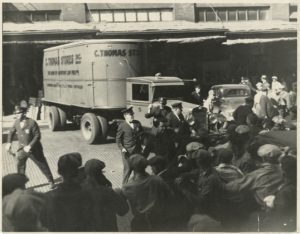
May 16, 1934: when employers refused to recognize their union, members of the Minneapolis General Drivers and Helpers Union, Local 574 of the International Brotherhood of Teamsters went on strike, bringing trucking operations in the city to a halt. Despite a concerted and violent effort by employers, the police, and military, the strike ended successfully, (see May 23)
NLRB v. Mackay Radio & Telegraph Co.
May 16, 1938: in a 7-0 decision, US Supreme Court held that workers who strike remain employees for the purposes of the National Labor Relations Act (NLRA). The Court granted the relief sought by the National Labor Relations Board, which sought to have the workers reinstated by the employer. However, the the Court also said that an employer may hire strikebreakers and is not bound to discharge any of them if or when the strike ends.The decision had little impact until Ronald Reagan’s replacement of striking air traffic controllers (PATCO) in 1981, a move that signaled anti-union private sector employers that it was OK to do likewise. (Justia dot com article) (see June 25)
May 16 Peace Love Art Activism
BLACK HISTORY
Briggs v Elliott
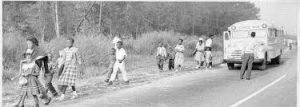
May 16, 1950: a South Carolina lawsuit, Briggs v. Elliott, was filed that would help lead to the successful Brown v. Board of Education decision four years later. Levi Pearson had previously sued, asking that school buses be provided for black students. After J.A. DeLaine as well as Harry and Eliza Briggs joined this litigation, both Briggs were fired from their jobs, and DeLaine’s church was torched. The judge in the case, Walter Waring, who sided with their concerns, was forced to leave the state. In 2003, Congressional Gold Medals were awarded posthumously to the Harry and Eliza Briggs, Pearson and DeLaine. (National Park Service article) (see June 5)
Delray Beach Cross Burning
May 16, 1956: white residents of Delray Beach, Florida, burned a cross to terrorize Black residents and prevent them from using the city’s “public” beach that had been open to only white visitors for decades.
The day before this racial violence, U.S. District Judge Emmett C. Choate had dismissed a federal civil rights lawsuit in which nine Black Delray residents had sued for access to Delray’s municipal beach. Though Black citizens had been barred by terrorism and de facto segregation for decades, the Delray Beach City Commission tried to avoid federal intervention by informing the court that the city had no written policy denying Black residents access to the beach. In dismissing the lawsuit on this basis, Judge Choate expressly recognized that the city was legally authorized to continue practicing segregation, and recommended that the commission segregate portions of the beach by race.
Local law enforcement declined to investigate or to hold white citizens accountable. [EJI article] (next BH & Delray Beach, see May 20)
George Whitmore, Jr
May 16, 1967: both sides rest in the third Whitmore trial for assault and attempted rape of Elba Borrero. (see GW, Jr for expanded chronology)
Memphis sanitation workers strike
May 16, 1968: six weeks after the assassination of Martin Luther King Jr., the city of Memphis settled its sanitation strike. King had come to Memphis to help the sanitation workers with their strike. (see May 27)
Tuskegee Study of Untreated Syphilis in the Negro Male
May 16, 1997: Bill Clinton issued a formal apology to the surviving victims of the Tuskegee Study of Untreated Syphilis in the Negro Male and their families. The study, conducted between 1932 and 1972 in Tuskegee, Alabama by the U.S. Public Health Service, studied the natural progression of untreated syphilis in poor, rural black men who thought they were receiving free health care from the U.S. government. (NCBI dot gov article) (see May 17)
May 16 Peace Love Art Activism
Alan Freed
May 16, 1958: Freed pleaded innocent in Massachusetts Superior Court to two indictments in connection with disturbances that followed his rock ‘n’ roll show in Boston on May 3. (see July 19)
Kingston Trio
May 16 – May 22, 1960: the Kingston Trio’s Sold Out was Billboard’s #1 album.
Mary Wells
May 16 – 29, 1964 – “My Guy” by Mary Wells #1 on the Billboard Hot 100. The first #1 hit for Motown Records. Motown Records would go on to release another 32 #1 hits in the next 10 years, but “My Guy” would be the last solo hit for Mary Wells, on Motown or any other label.
Blond on Blonde
May 16, 1966: Bob Dylan released Blond on Blonde. He had recorded in during January, February, and March 1966
The cover shows Dylan in front of a brick building, wearing a suede jacket and a black and white checkered scarf. The jacket is the same one he wore on his next two albums, John Wesley Harding and Nashville Skyline. Photographer Jerry Schatzberg, described how the photo was taken: I wanted to find an interesting location outside of the studio. We went to the west side, where the Chelsea art galleries are now. At the time it was the meat packing district of New York and I liked the look of it. It was freezing and we were very cold. The frame he chose for the cover is blurred and out of focus. Of course everyone was trying to interpret the meaning, saying it must represent getting high on an LSD trip. It was none of the above; we were just cold and the two of us were shivering. There were other images that were sharp and in focus but, to his credit, Dylan liked that photograph. (see July 29, 1966)
Side one
- “Rainy Day Women #12 & 35”
- “Pledging My Time”
- “Visions of Johanna”
- “One of Us Must Know (Sooner or Later)”
|
Side three
- “Most Likely You Go Your Way (And I’ll Go Mine)”
- “Temporary Like Achilles”
- “Absolutely Sweet Marie”
- “4th Time Around”
- “Obviously 5 Believers”
|
Side two
- “I Want You”
- “Stuck Inside of Mobile with the Memphis Blues Again”
- “Leopard-Skin Pill-Box Hat”
- “Just Like a Woman”
|
Side four
- “Sad Eyed Lady of the Lowlands”
|
May 16, 1966: The Beach Boys released “Pet Sounds“. The LP has been called one of the most influential records in the history of popular music and one of the best albums of the 1960s, including songs such as “Wouldn’t It Be Nice” and “God Only Knows”.
Pet Sounds was created several months after Brian Wilson had quit touring with the band in order to focus his attention on writing and recording. In it, he wove elaborate layers of vocal harmonies, coupled with sound effects and unconventional instruments such as bicycle bells, buzzing organs, harpsichords, flutes, Electro-Theremin, dog whistles, trains, Hawaiian-sounding string instruments, Coca-Cola cans and barking dogs, along with the more usual keyboards and guitars.
Pet Sounds has been ranked at number one in several music magazines’ lists of greatest albums of all time, including New Musical Express, The Times and Mojo Magazine.
It was ranked number two in Rolling Stone’s 500 Greatest Albums of All Time list. (see June 20)
Side one
- Wouldn’t It Be Nice
- You Still Believe in Me
- That’s Not Me
- Don’t Talk (Put Your Head on My Shoulder)
- I’m Waiting for the Day
- Let’s Go Away for Awhile
- Sloop John B
|
Side 2
- God Only Knows
- I Know There’s an Answer
- Here Today
- I Just Wasn’t Made for These Times
- Pet Sounds
- Caroline No
|
May 16 Peace Love Art Activism
The Cold War
Eisenhower v Khrushchev
May 16, 1960: a harsh exchange between Soviet leader Nikita Khrushchev and President Dwight D. Eisenhower doomed a much heralded summit conference between the two nations, following the Soviet downing of an American U-2 reconnaissance plane. (History dot com article) (CW & Powers, see July 8)
May 16, 1980, the Department of Education officially began. [President Jimmy Carter had signed into law the Department of Education Organization Act on October 17, 1979.] (Federal Education Policy History article) (see January 20, 1981)
May 16 Peace Love Art Activism
Environmental Issues
May 16, 1985: scientists of the British Antarctic Survey announce discovery of the ozone hole. (see July 10)
May 16 Peace Love Art Activism
Consumer Protection

May 16, 1988: Surgeon General, Dr. C. Everett Koop warned that nicotine was as addictive as heroin and cocaine and recommended the licensing of those who sell tobacco products and tougher laws prohibiting their sale to minors.
The warning came in the Surgeon General’s annual report on the health consequences of smoking. Koop, said he hoped the new focus on the addictive nature of tobacco would encourage new antismoking efforts by Federal, state and local officials. (NY Times article) (see March 20, 1997)
May 16 Peace Love Art Activism
Iraq War II
May 16, 2005: Army Specialist Sabrina Harman was convicted at Fort Hood, Texas, for her role in the mistreatment of Iraqi prisoners at Abu Ghraib and was sentenced to 6 months in prison. (see May 30)
May 16 Peace Love Art Activism
Stop and Frisk Policy
May 16, 2012: Federal Judge, Shira A. Scheindlin, granted class-action status to a lawsuit challenging the NYC Police Department’s stop-and-frisk tactics, saying she was disturbed by the city’s “deeply troubling apathy towards New Yorkers’ most fundamental constitutional rights.” (NY Times article) (see May 17)
May 16 Peace Love Art Activism
Sexual Abuse of Children
May 16, 2018: Michigan State University announced that it had reached a settlement of $500 million to the victims of Lawrence G. Nassar, the Michigan State University physician who sexually abused young women under the guise of medical treatment.
It is believed that the $500 million is the largest settlement ever reached in a sexual abuse case involving an American university.
It dwarfed the size of the settlement reached in the sex abuse scandal at Pennsylvania State University. And it was larger than many of the settlements that followed the child sex abuse crisis in the Roman Catholic Church.
“I think the number being so large sends a message that is undeniable, that something really terrible happened here and that Michigan State owns it,” said John Manly, a lawyer for many of the 332 women who sued the university over abuse by Dr. Nassar. “When you pay half a billion dollars, it’s an admission of responsibility.” [NYT article] (next SAoC, see June 20; MSU, see September 5, 2019)
May 16 Peace Love Art Activism


